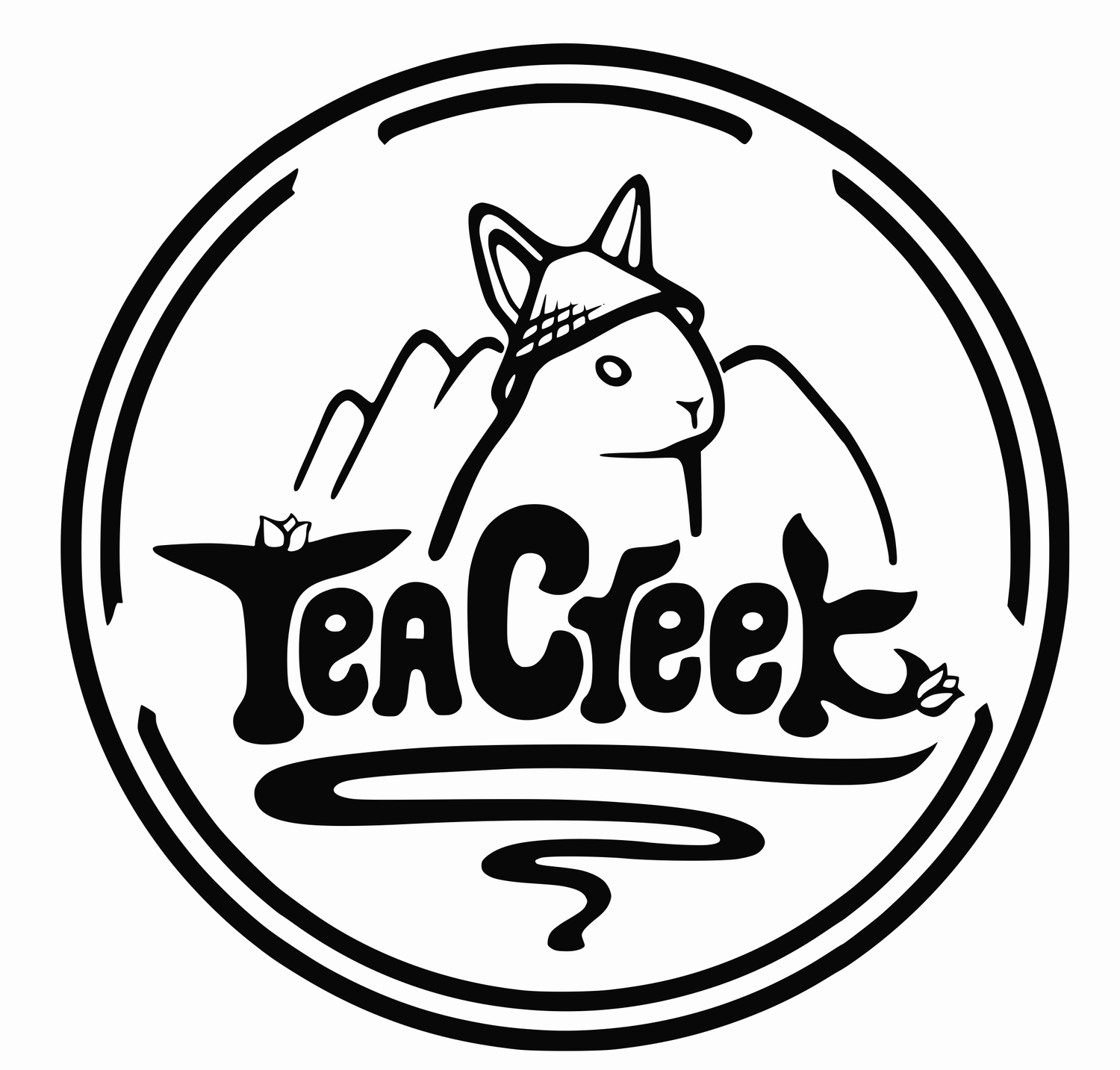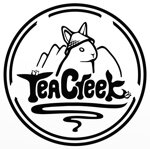Food Security and Food Sovereignty Compared
Slide from Tea Creek presentation on the Tea Creek Model and Indigenous Food Sovereignty
Food Security
“Food security exists when all people, at all times, have access to sufficient, safe and nutritious food to meet their dietary needs and food preferences for an active and healthy life.”
- Food and Agriculture Organization of the United Nations 1974
Food security is a measurement of access to food, and lack of hunger. So, people who are never truly hungry and have access to extra food for when the times get tough are considered food secure.
Those that are frequently hungry and don’t have access to extra food are food insecure. Security can be measured in days one could go without buying food before they go hungry.
Food security is about people’s access to sufficient, safe, nutritious food and how much of that food is in storage.
During the COVID19 pandemic, food security issues worsened because those who could afford to stockpile food did, and those who couldn’t afford it were left with empty shelves.
Food Sovereignty
“In a nutshell, food sovereignty is the right of peoples, communities and countries to define their own policies regarding their seeds, agriculture, labor, food and land.
These policies must be appropriate to their unique ecological, social, economic and cultural circumstances. Food Sovereignty includes the true right to food and to produce food.”
The 7 pillars of food sovereignty:
Food for people: The right to food which is healthy and culturally appropriate is the basic demand underpinning food sovereignty. This first pillar states that everyone has a right to food and food security.
Values food providers: Food sovereignty asserts food providers’ right to live and work in dignity. Farmers and agricultural workers can experience severe exploitation. For Indigenous peoples, the holistic nature of food is often under-valued, treating Indigenous food producers as less than conventional primary producers.
Localizes food systems: Food must be seen primarily as sustenance for the community and region. Under food sovereignty, local and regional provision and trade takes precedence over supplying distant markets.
Puts control locally: Food sovereignty places control over territory, land, grazing, water, seeds, livestock and fish populations under local governance and respects their rights. They can use and share them in socially and environmentally sustainable ways which conserve diversity. Privatization of such resources, for example through intellectual property rights regimes or commercial contracts, is explicitly rejected.
Builds knowledge and skills: Food sovereignty calls for appropriate research systems and resources to support the development of agricultural knowledge that is already used and supplement with new skills and appropriate technologies. Technologies that undermine food providers’ ability to develop and pass on knowledge and skills needed for localized food systems are not prioritized.
Works with nature (not against nature): Food sovereignty requires production and distribution systems that protect natural resources and reduce greenhouse gas emissions, avoiding energy-intensive industrial methods that damage the environment and the health of those who inhabit it.
A seventh pillar was added by members of the Indigenous Circle during Food Secure Canada’s People’s Food Policy process: Food is Sacred: Recognizes that food is a gift of life, and not to be squandered, and asserts that food cannot be commodified.
Nyéléni 2007 – Forum for Food Sovereignty, Sélingué, Mali
Indigenous Food Sovereignty (IFS)
At Tea Creek, we expand on the pillars of Food Sovereignty by adding:
Indigenous Land Sovereignty - returning Indigenous control over lands and natural resources is essential to the success of IFS.
The inclusion of Forests, Wildlife, Rivers, and Ocean managements in Indigneous Food Sovereignty. IFS extends beyond traditional Euro-centric definitions of Agriculture to include all food and medicine sources, and the environments and habitats that support.
Our Manifesto - which covers key concepts such as personal sovereignty and cultural safety.
This article contains excerpts and quotes from this excellent summary: http://www.pedalandplow.com/2014/02/16/what-is-real-food-security/



